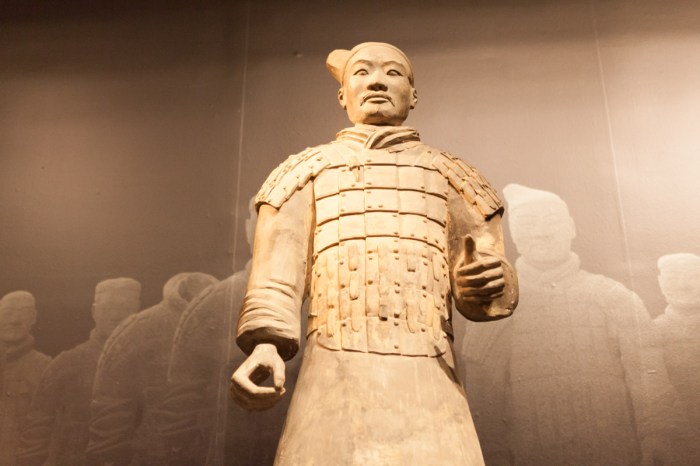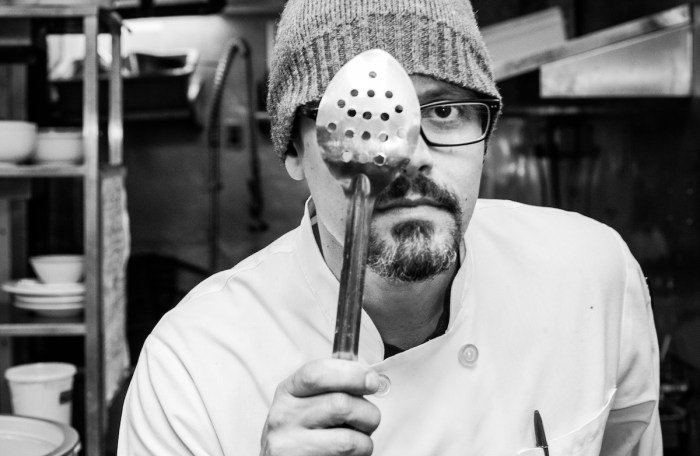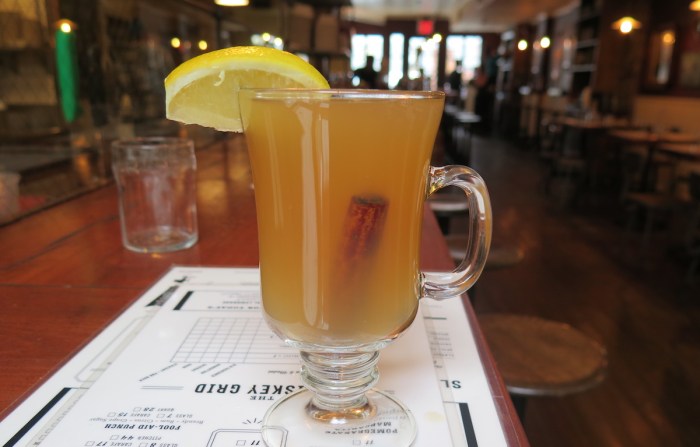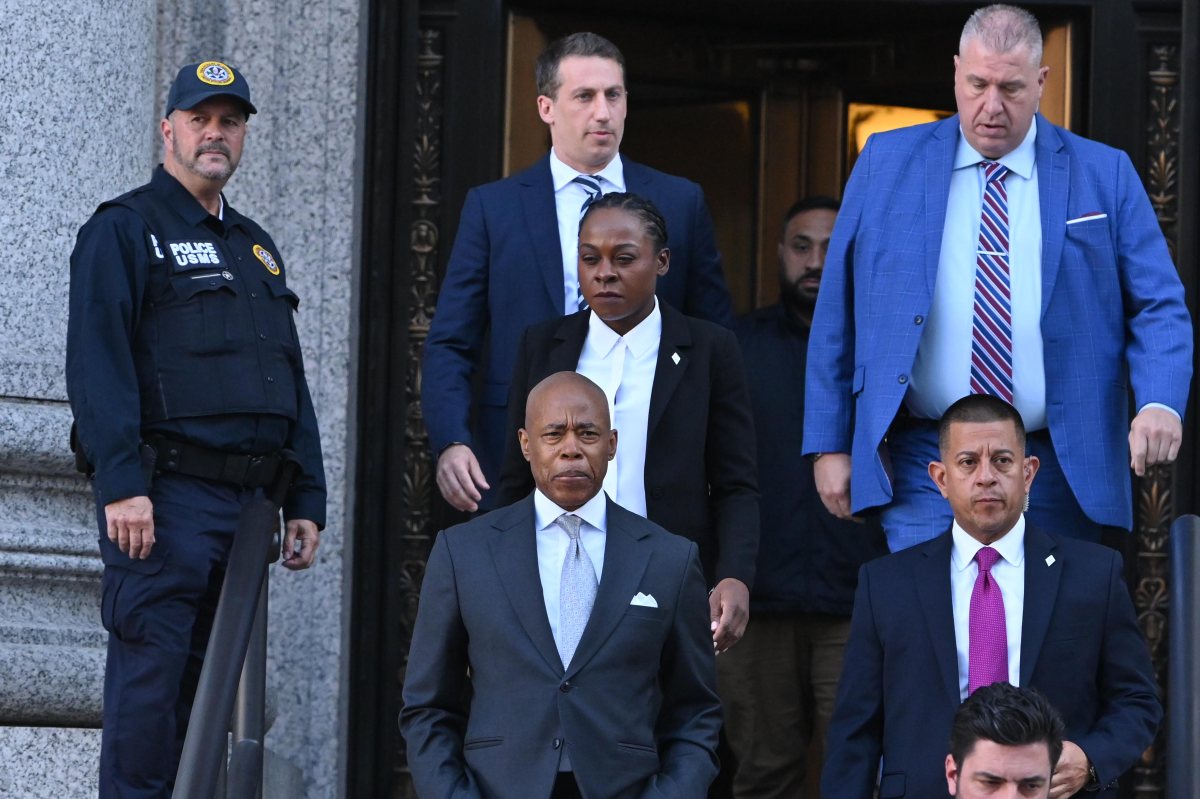The music of Adel Souto’s band 156 has been described as a drum circle in a rusty junkyard. But their new record, Memento Mori, is more like a drum circle in a graveyard — the group used only human bones to create a meditative soundtrack for contemplating life and death. Sound morbid? That’s the opposite of Souto’s intent. “There is no evil aura or evil intent behind this music,” says Souto, who’s holding a record release party on Nov. 12, free and open to the public. “I really wanted to express the medieval European practice of Ars Moriendi [art of dying].” RELATED: How the Rolling Stones have stayed relevant for over 50 years The concept of “dying well” dates to the 1400s. Instead of doing your contemplation quietly in a candle-lit room with a skull, as was the custom in the Renaissance era, guests at Saturday’s event will gather at the appropriately unusual venue of SoHo Psychoanalytic. “It’s a group of psychiatrists that are very into the work of Freud, especially some of his lesser-known interests, which is the Occult, death, surreal art,” he explains. Souto will discuss the album and poet-data scientist Katy Bohinc will give a talk on how the human skeleton relates to the structure of the universe. (And in case you’re worried, owning and selling human bones is legal in the U.S.) Souto’s musical career began in punk rock bands in the mid-‘80s, then veered toward more experimental sounds by the early ‘90s. It was while working at a tattoo parlor in 2012 that he first saw human bones and got the idea to use them as percussive instruments. The Tibetans also use them in a different way to make music: A “thighbone trumpet” called kangling is carved from a femur to be played during a funeral ritual. RELATED:The surprising history of Chinese food in America at MOFAD The record is “very primitive, structured with tribal elements.” Despite all bones producing the same sound, with only slight fluctuations possible depending on how tightly they’re held, Souto decided against making drums or stringed instruments out of them. The tracks on Memento Mori were made purely by striking and scraping the bones, plus the carved kangling. The band also varied their sound by recording at various locations around the city, like Fort Tilden and even a subway platform. “I wanted just the sounds of bones or human breath passing through them,” he says. “Let me try a pure sound.”
A band used only human bones to make a soundtrack for the ‘art of dying’
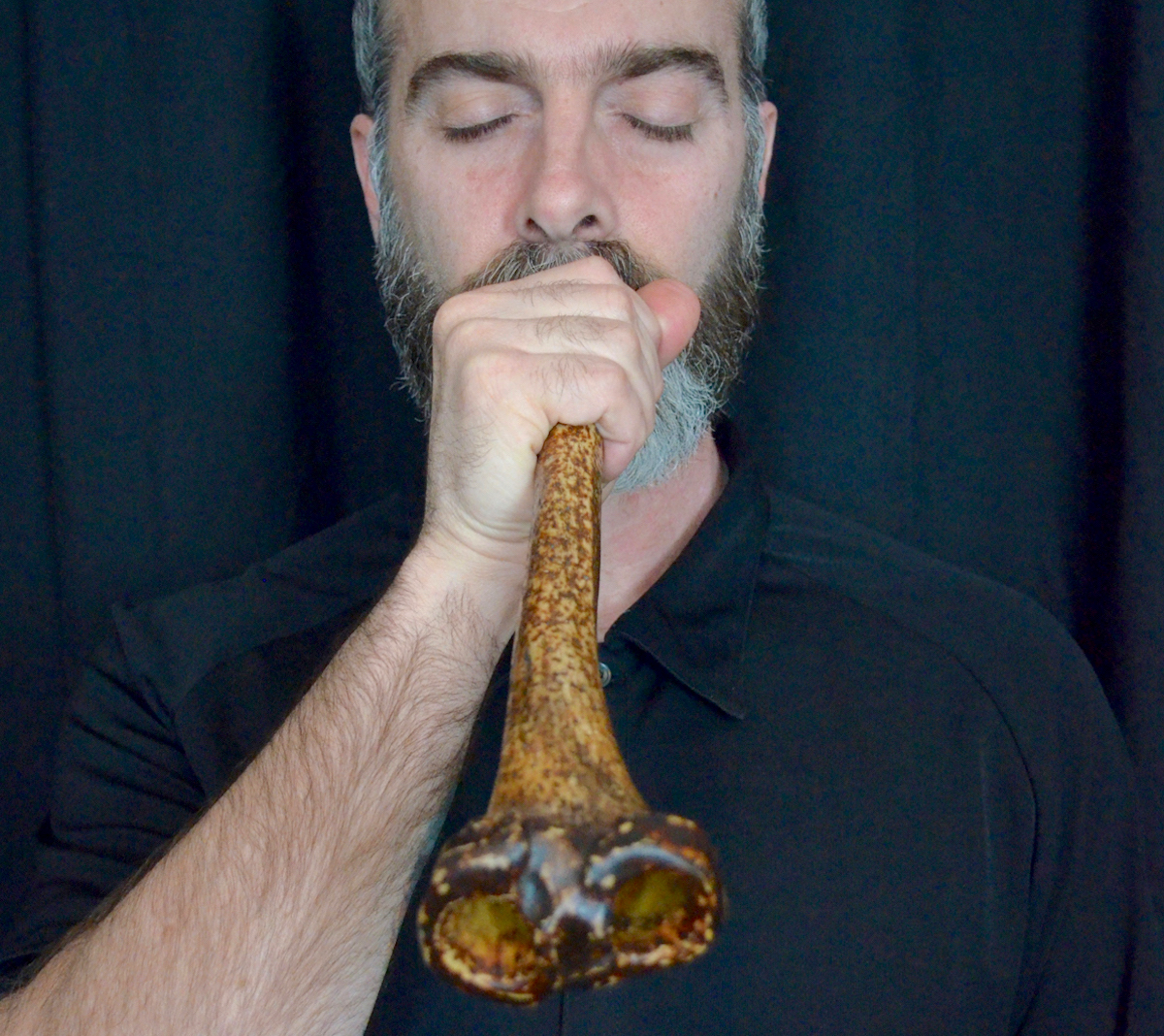
Provided

